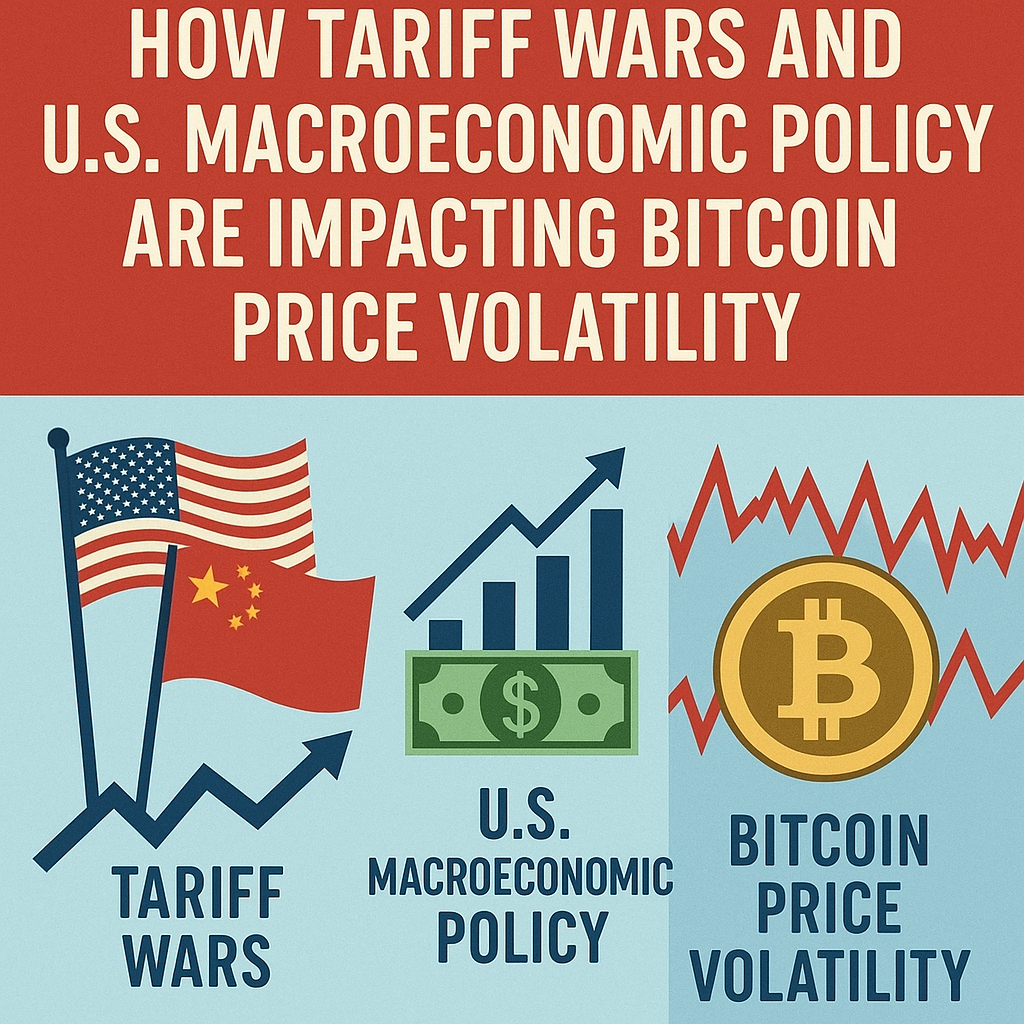
Every time the U.S. rattles its tariff sabers or drops a fresh macroeconomic bombshell, the crypto market feels the aftershocks—especially Bitcoin. If you’ve been glued to BTC charts lately, you know exactly what I mean. The wild swings aren’t just about whales or halving hype; they’re increasingly tied to global trade tensions and the Fed’s latest moves. Welcome to 2025, where tariff wars and U.S. macroeconomic policy are driving a new era of Bitcoin volatility.

The Domino Effect: Tariff Wars Meet Crypto Markets
Let’s set the scene: The U.S.–China trade conflict is back in full swing, with fresh tariffs on everything from semiconductors to solar panels. Traditional markets react first—stocks wobble, commodities spike—but crypto isn’t immune. In fact, Bitcoin has become a go-to hedge for some traders when trade war headlines hit.
Why? Because tariffs fuel uncertainty about global growth and supply chains, making risk assets (like stocks) less attractive. Meanwhile, Bitcoin’s narrative as “digital gold” gets a boost every time fiat systems seem shaky or geopolitics heat up.
When Trump-era tariffs were reintroduced in early 2024, Bitcoin saw a 7% intraday spike, outpacing gold and S&P futures.
This isn’t just anecdotal—analysts at CoinDesk and Cointelegraph have documented clear correlations between major tariff announcements and BTC price moves over the past year.
How Tariff Wars Shake Up Bitcoin Prices
-

Global Uncertainty Spikes: When tariff wars heat up, investors get nervous and flock to Bitcoin as a safe haven, causing wild price swings.
-
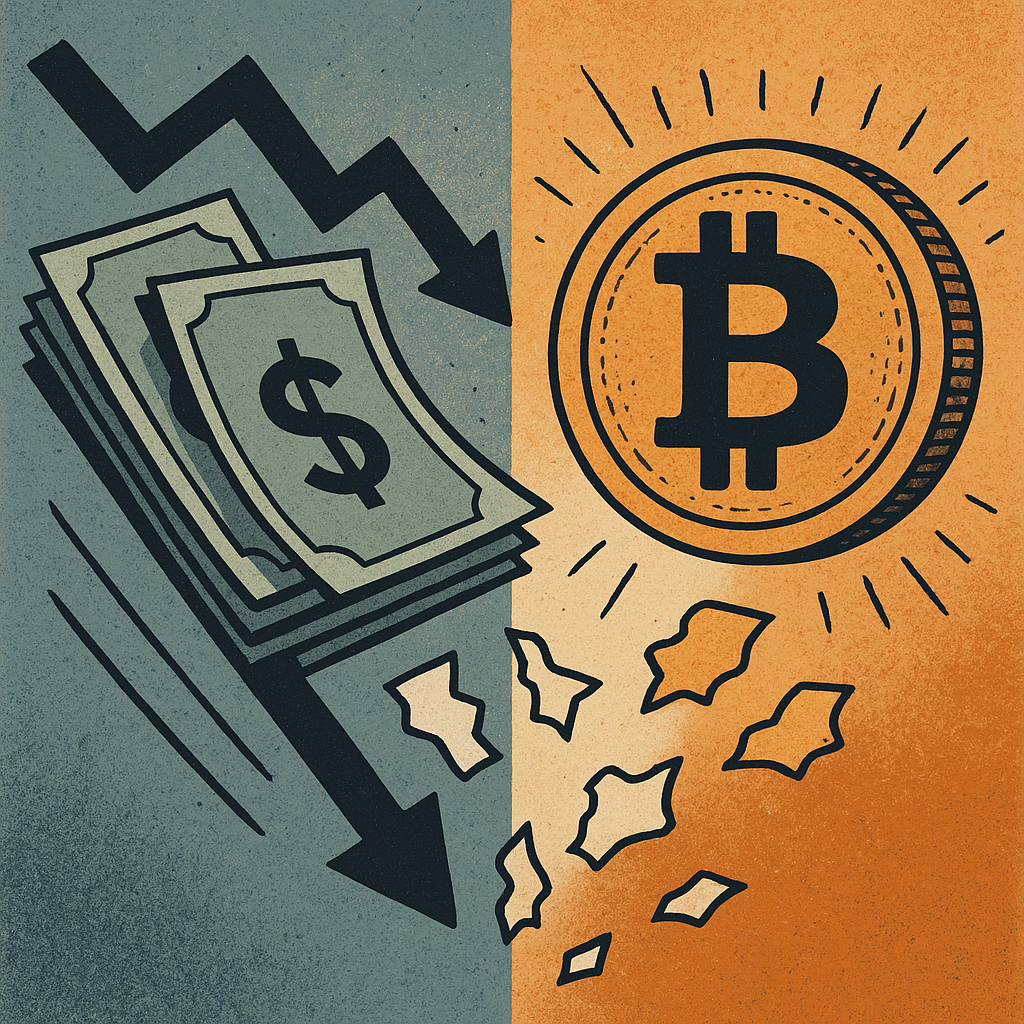
Currency Devaluation Drama: Countries hit by tariffs may devalue their currencies, pushing people to buy Bitcoin to protect their wealth.
-
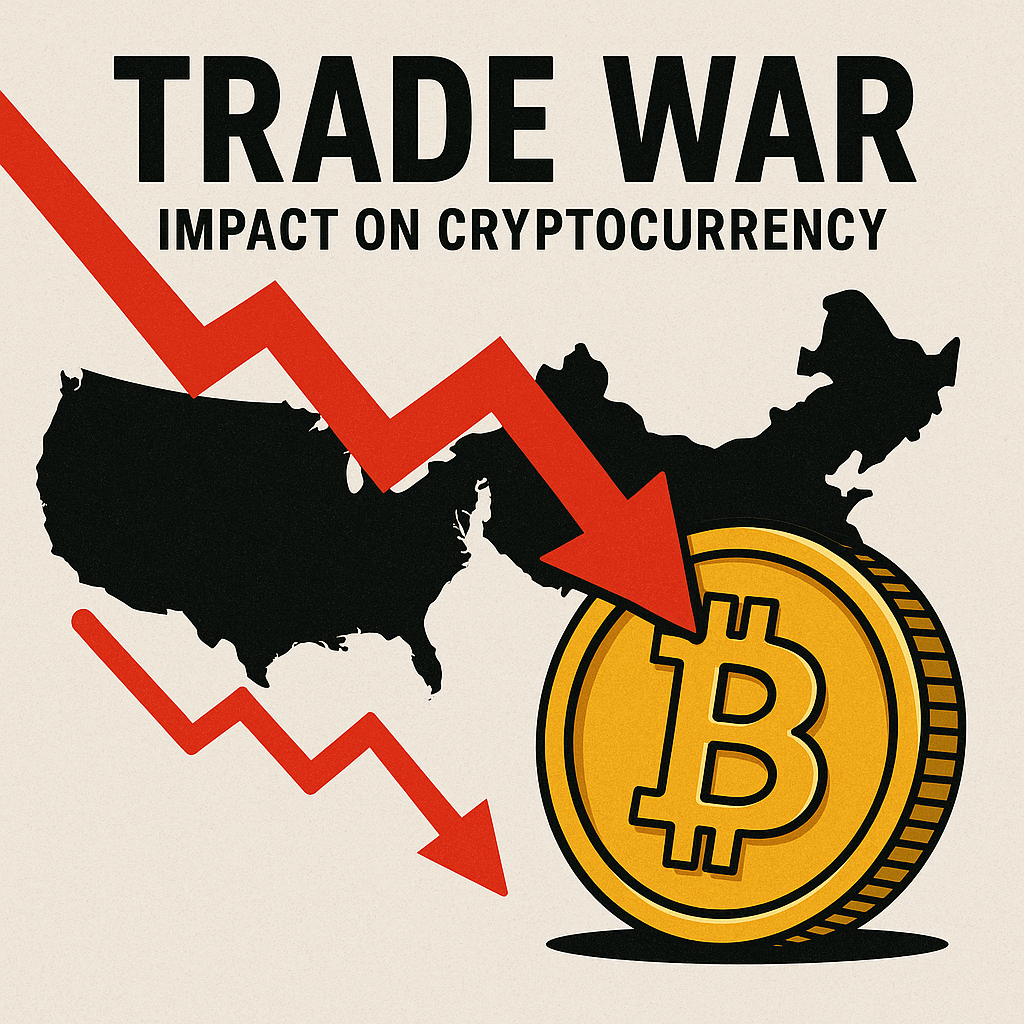
Trade Flow Disruptions: Tariffs mess with international trade, and shaky economies often mean more folks turning to crypto, fueling volatility.
-
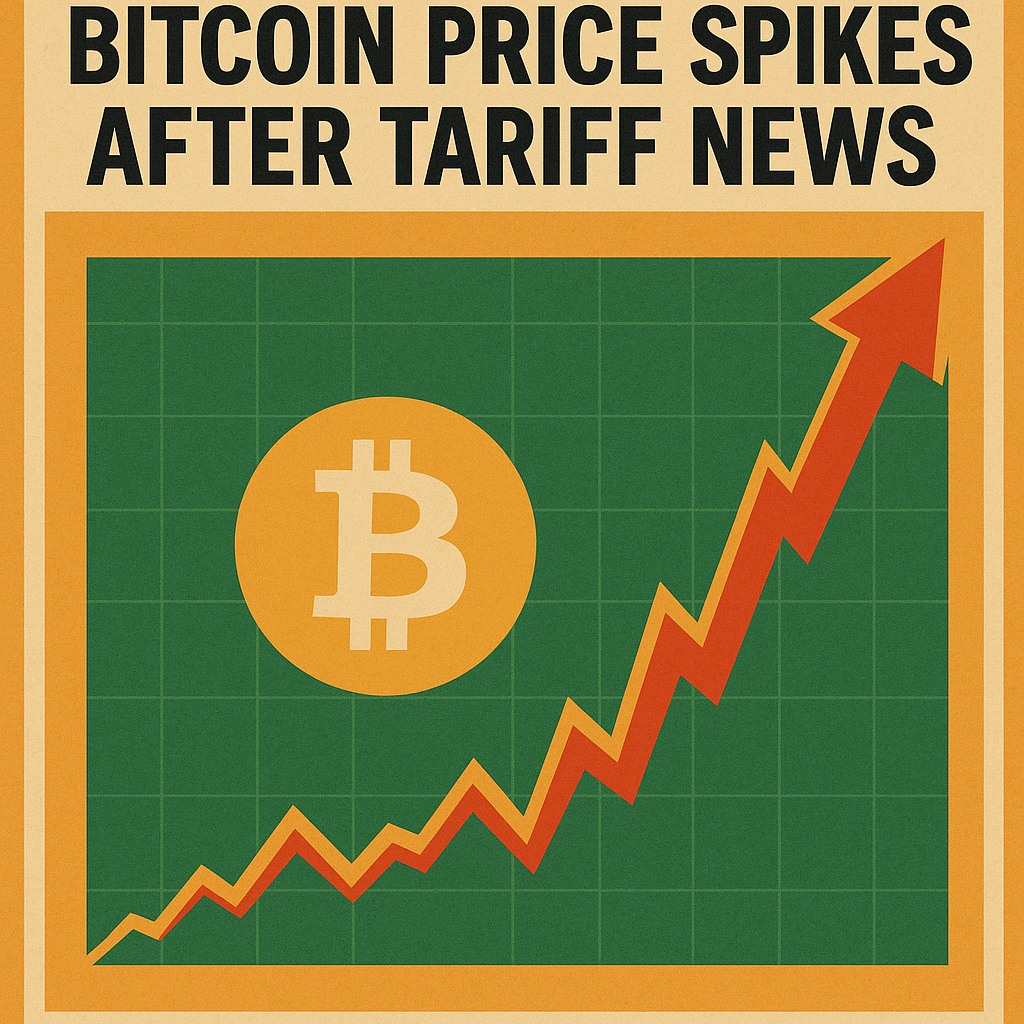
Speculation Frenzy: Every tariff announcement sparks speculation in the crypto market, sending Bitcoin prices on a rollercoaster ride.
-

Policy Response Surprises: Sudden changes in government policies during tariff wars can shock the markets, and Bitcoin often feels the aftershocks first.
CPI, PPI & The Fed: How Macroeconomic Policy Moves Crypto
If you’re tracking CPI (Consumer Price Index) or PPI (Producer Price Index), you already know these numbers are like rocket fuel for both traditional and crypto markets. Hotter-than-expected inflation data? The Fed might keep rates higher for longer—risk assets tumble, including BTC. Softer CPI or hints of rate cuts? Suddenly it’s risk-on again; Bitcoin rallies hard.
This week alone saw BTC flirt with $80K after cooler-than-expected CPI data (source). But rewind just two weeks—when PPI came in hot—and Bitcoin dropped below $75K within hours (source). These aren’t isolated incidents; they’re becoming the new normal as macro headlines dictate crypto sentiment.
The Feedback Loop: Volatility Breeds More Volatility
The interplay between U.S. economic policy and crypto isn’t linear—it’s a feedback loop amplified by leverage, social media FOMO, and algorithmic trading bots that now scan for “CPI” as eagerly as “halving.” Traders are learning to front-run macro news releases just like Wall Street pros do with equities.
- CPI surprises: Immediate impact on DXY (dollar index), which often inversely correlates with BTC.
- PPI jumps: Signals upstream inflation risk; can trigger kneejerk selloffs in risk assets like Bitcoin.
- Powell speeches: Even a hint of dovishness can send BTC flying—or crashing if he goes hawkish.
- Tweets from policymakers: Yes, even an offhand comment can move billions in minutes.
This is why we’re seeing more day-to-day volatility across all major cryptos—not just during big events but even on routine economic news cycles. For investors looking for calm seas… well, those days are probably gone for now!
Do you use macroeconomic indicators to time your Bitcoin trades?
We’re curious how much macro trends like tariffs or Fed policy influence your crypto trading decisions. Share your approach!
So, what does all this macroeconomic turbulence mean for the average crypto holder or trader? Let’s zoom in on the real-world effects and why you might want to keep that crypto market volatility 2025 search tab open as U.S. policy and global tariffs continue to shake things up.
How Tariff Wars Ripple Through Bitcoin Trading
When the U.S. government ramps up tariffs—especially against major economies like China—investors worldwide start hunting for safe havens. Traditionally, gold gets all the attention, but Bitcoin is increasingly stepping into that spotlight. In fact, during recent tariff escalations, we saw spikes in Bitcoin trading volumes, as traders sought to hedge against potential shocks in equities and fiat currencies.
This isn’t just theory—look at what happened when Trump hinted at new tariffs: BTC briefly surged as risk assets sold off, only to tumble when inflation data spooked everyone back into cash. The pattern? Tariff wars = more Bitcoin volatility. And with fresh trade tensions brewing ahead of the 2024 U.S. election cycle, don’t expect this rollercoaster to slow down anytime soon.

CPI, PPI & the Macro Madness: What Crypto Traders Should Watch
If you’ve been following recent Bitcoin trading news impact, you know that U.S. economic indicators like CPI (Consumer Price Index) and PPI (Producer Price Index) are moving markets faster than ever. A “hot” CPI print—meaning higher-than-expected inflation—typically triggers sell-offs across risk assets. Last September, a surprise jump in CPI sent Bitcoin tumbling nearly 9% within two days.
But it’s not all doom and gloom! When inflation cools or job numbers miss forecasts, optimism about future Fed rate cuts can light a fire under crypto prices. Just last week, softer CPI data saw BTC pop above $80K before settling back down as traders digested the news.
[tweet: A tweet discussing how recent CPI/PPI reports caused sharp moves in Bitcoin price]
Top Macroeconomic Events That Shook Bitcoin in 2024
-

Fed Rate Hike Frenzy: When the Federal Reserve bumped up interest rates in March, Bitcoin took a wild rollercoaster ride as investors scrambled to adjust their portfolios.
-

China-U.S. Tariff Showdown: The renewed tariff war between China and the U.S. in May sent shockwaves through global markets, and Bitcoin saw a surge in volatility as traders sought safe havens.
-

Inflation Surprise: An unexpected spike in U.S. inflation numbers in July rattled traditional markets and pushed Bitcoin prices into a frenzy as people looked for alternatives to the dollar.
-

Banking Sector Shakeup: The collapse of a major U.S. regional bank in September created panic, and Bitcoin briefly spiked as a perceived safe-haven asset.
-
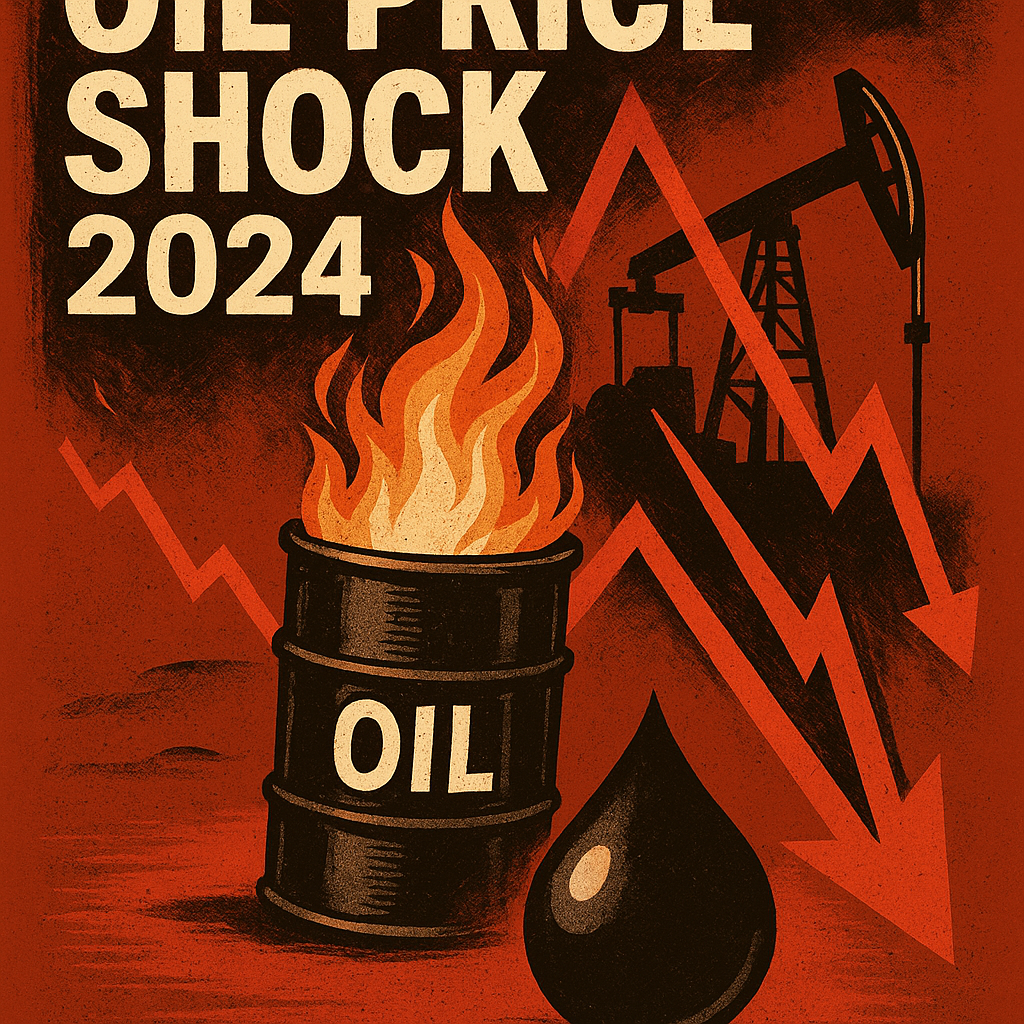
Global Oil Price Shock: A sudden jump in oil prices in October due to Middle East tensions triggered a ripple effect, causing Bitcoin price swings as investors recalibrated risk.
The takeaway? If you’re serious about riding these waves (instead of getting washed out), keep tabs on:
- CPI & PPI releases: These are must-watch events for any active trader.
- Fed policy signals: Even a hint of dovishness can fuel a rally.
- Tariff headlines: Surprises here often mean sudden volatility spikes.
- VIX index changes: Lower VIX sometimes means higher BTC consolidation—but don’t get complacent!
Navigating Crypto Market Volatility in an Election Year
The run-up to the U.S. presidential election is supercharging uncertainty across all markets—including crypto. With candidates taking radically different stances on tariffs and digital assets regulation, every debate or policy leak has become a potential flashpoint for wild price swings.
This is where having a strategy—and nerves of steel—comes into play. Some savvy investors are using options to hedge big moves; others prefer dollar-cost averaging through the noise. No matter your approach, staying informed is half the battle.
How do you respond to macro-driven Bitcoin volatility?
With recent tariff wars and shifts in U.S. macroeconomic policy impacting Bitcoin’s price swings, we’re curious: How do you react when macro factors shake up the crypto market?
If you want deeper context on how these forces play out historically—and might again as we approach 2025—don’t miss our detailed guide on Bitcoin trading strategies during high volatility periods. It’s packed with tips from top analysts and real-world case studies.
The Bottom Line: Stay Agile & Stay Curious
With tariff wars flaring up and U.S. macroeconomic policy shifting week by week, one thing’s certain: volatility isn’t going away soon! Whether you’re stacking sats for the long haul or day-trading every CPI release, understanding these connections will help you make smarter moves—and maybe sleep a little better at night.
If you want more timely updates (and some spicy Twitter debates), follow our live coverage for breaking analysis whenever major economic news hits!





